While beginners may perceive chess as a battle of attrition, with each player racing to capture the opponent’s King, the truth lies in the delicate balance between aggression and restraint. Knowing when to exchange pieces can be the key to unlocking your true potential on the chessboard.
In this article, we’ll delve into the intricate world of piece exchanges, going beyond the basics to provide invaluable insights for novice chess enthusiasts. While established strategies are essential, we will explore ten lesser-known tips that can elevate your game. These pointers will help you navigate the labyrinth of chess exchanges, sharpen your tactical awareness, and ultimately guide you toward becoming a more formidable opponent.
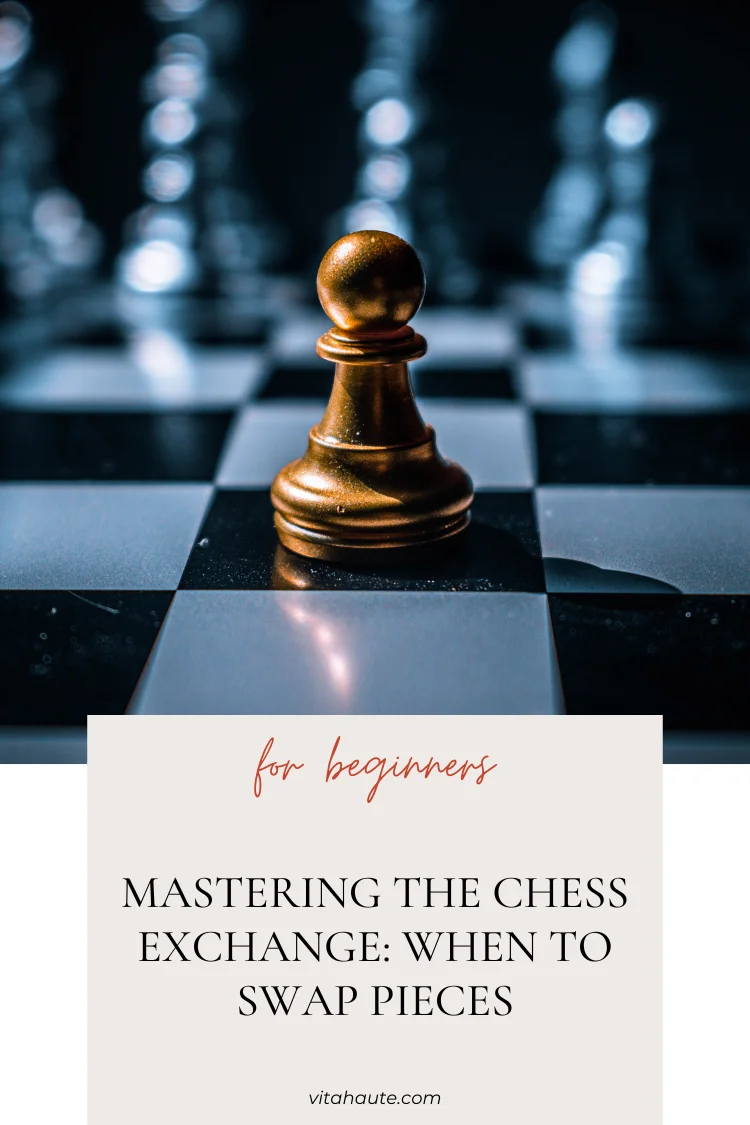
Evaluate King Safety:
Evaluate the safety of your King when considering exchanges. If your King is vulnerable, avoid opening lines of attack for your opponent.
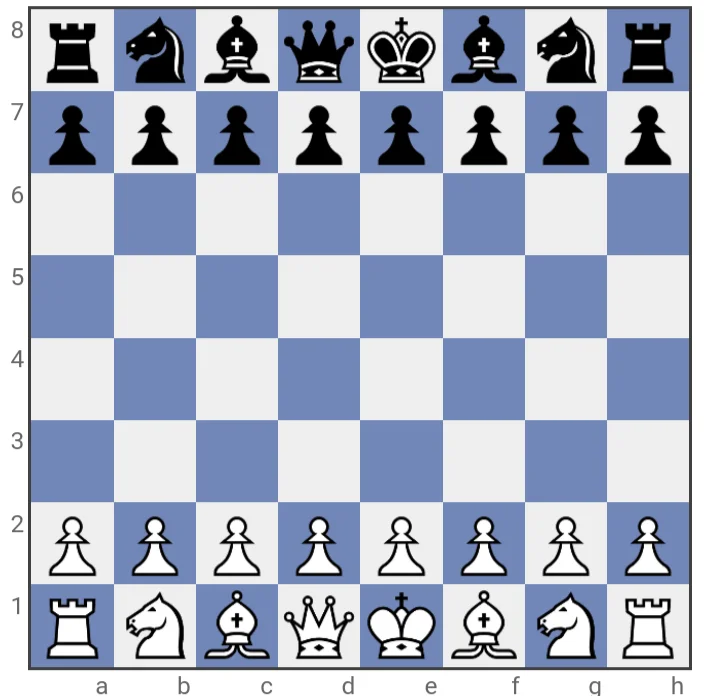
Example: In this position, exchanging Queens with Qxf7+ would expose the white King to danger after Black plays Rxf7, leading to checkmate.
Coordinate Pieces:
Coordinate your pieces to work together effectively. Exchanging pieces can be beneficial when it improves the harmony of your remaining forces.
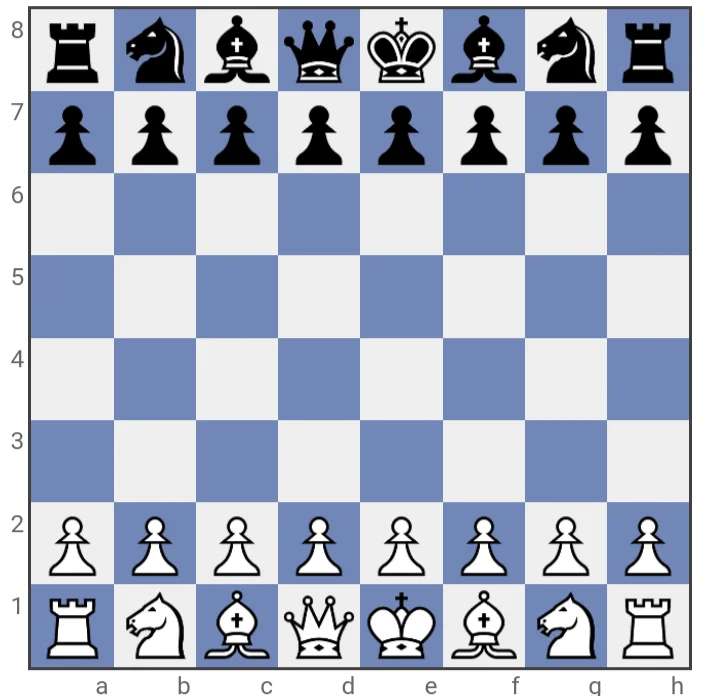
Example: After exchanging Knights, White’s pieces coordinate well to control key central squares.
Control Key Squares:
Control important squares on the board to restrict your opponent’s mobility and options. Exchanging to maintain control can be strategically advantageous.
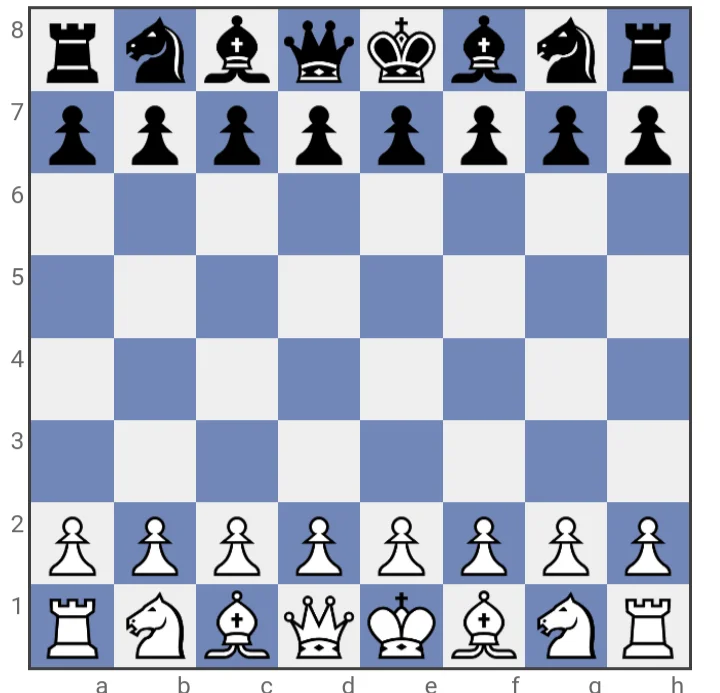
Example: By exchanging a Pawn for Black’s Knight on d5, White gains control of the central square.
Avoid Reciprocal Threats:
Be mindful of exchanges that allow your opponent to create threats in return. Consider the consequences of each exchange carefully.
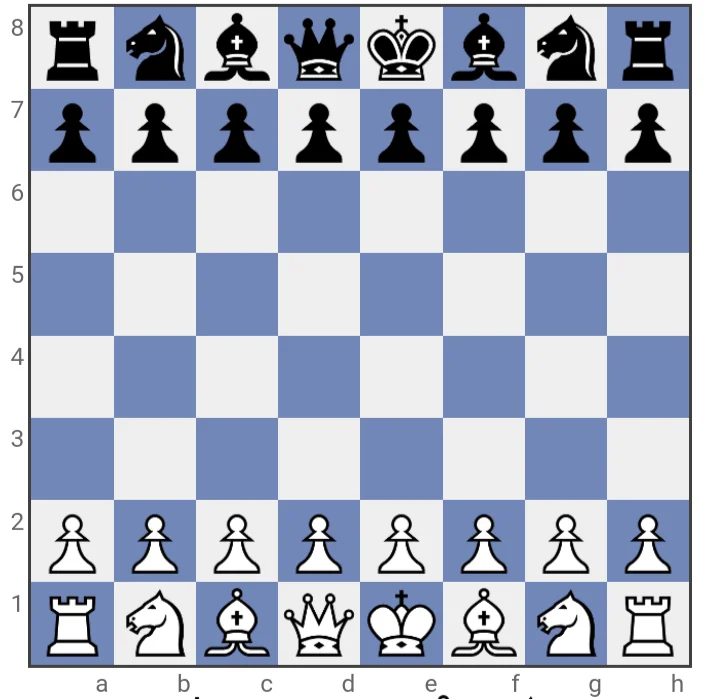
Example: If White captures the Pawn on g7, Black can deliver a powerful checkmate with Qxf2#.
Initiate a King Hunt:
If your opponent’s King is exposed, consider exchanges that can lead to a King hunt, putting pressure on their monarch.
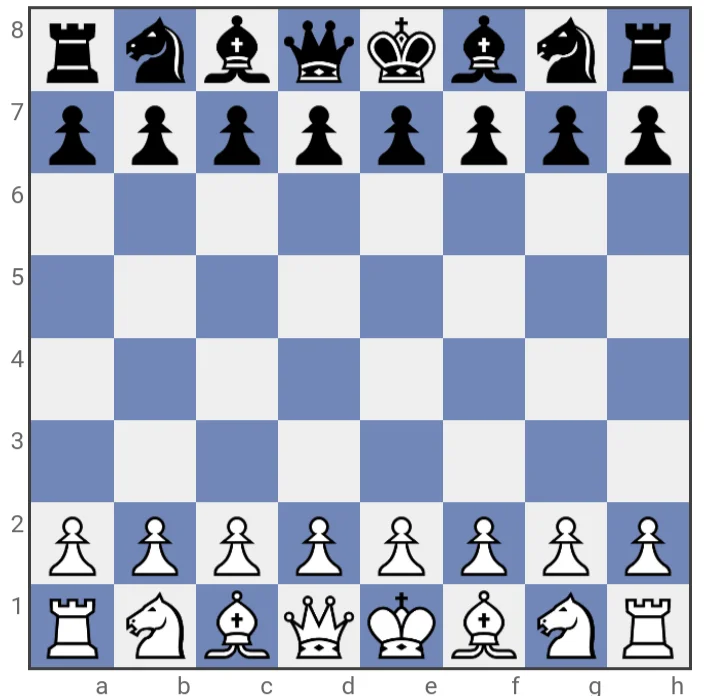
Example: After Bxf6, White’s pieces swarm around the exposed Black King, leading to checkmate.
Optimize Tempo:
Use exchanges to gain time and dictate the pace of the game. Exchanging when it suits your strategy can disrupt your opponent’s plans.
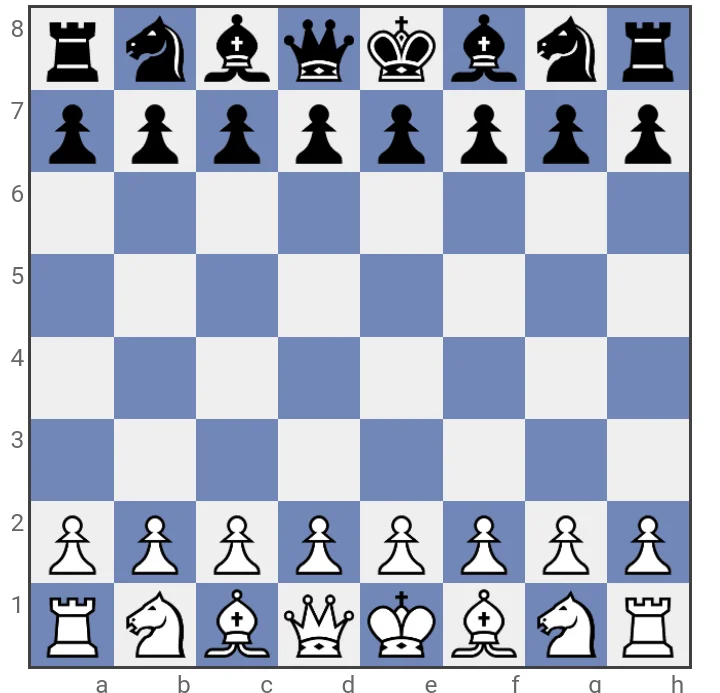
Example: By exchanging Queens with Qxf7, White forces Black to spend valuable tempo on defensive moves.
Transition to Endgames:
Plan exchanges that lead to favorable Endgames. Simplifying into an Endgame with a material advantage can increase your winning chances.
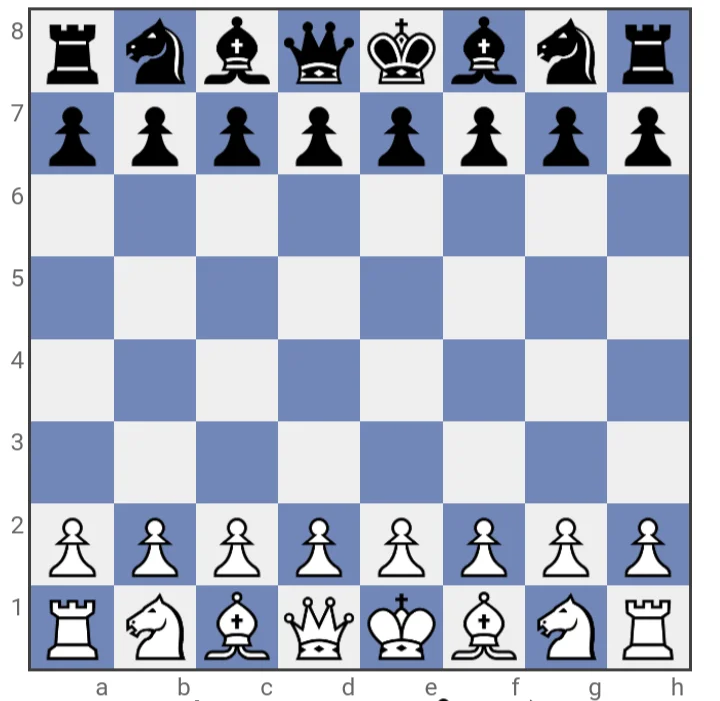
Example: Exchanging Queens here leaves White with a winning Endgame due to the extra Pawn.
Combine Tactics and Exchanges:
Seek exchanges that set up tactical opportunities. Sometimes, sacrifices during exchanges can lead to powerful combinations.
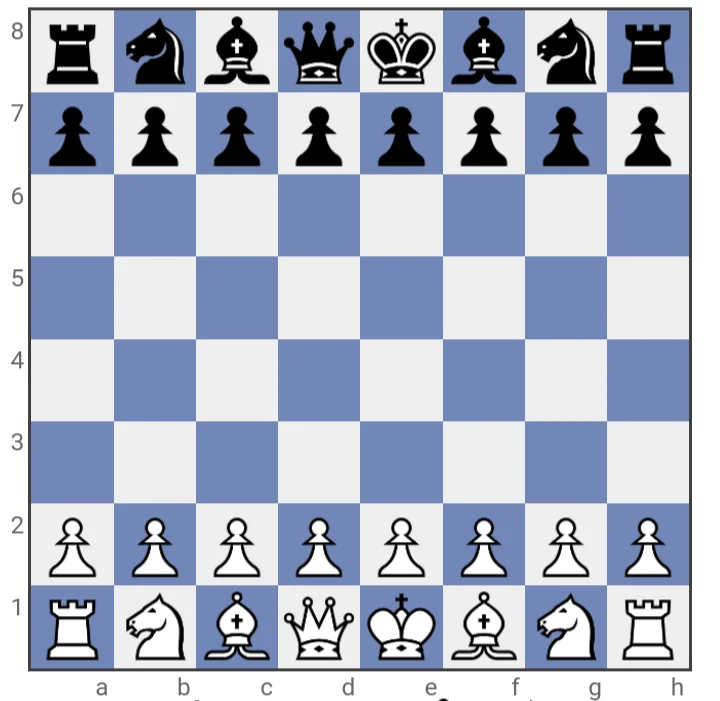
Example: Sacrificing the Bishop with Bxf6 opens up a tactical opportunity for White with Qxf7+.
Create Open Files and Diagonals:
Use exchanges to open lines for your Rooks and Bishops. Open files and diagonals can enhance your piece activity.
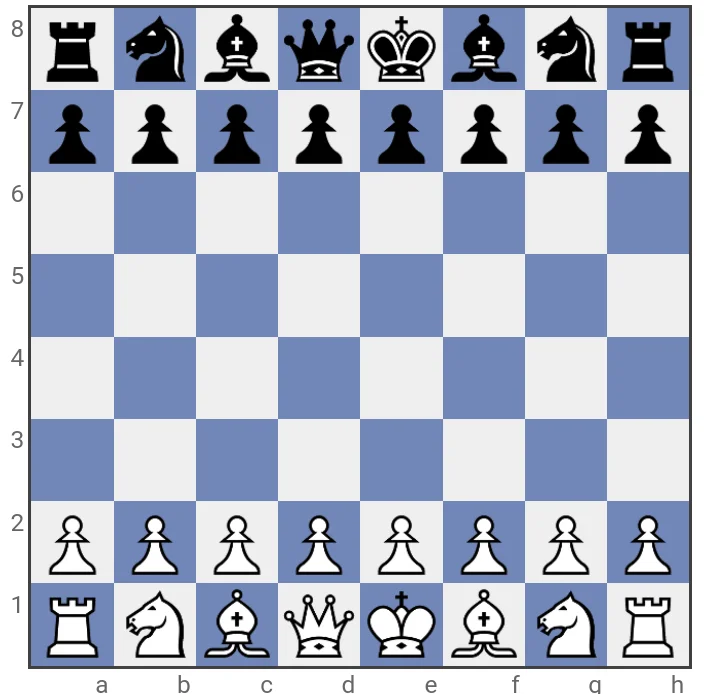
Example: By capturing on e3, Black opens the d-file for the Rook, enhancing its influence.
Capitalizing on Imbalances:
Recognize imbalances in material and piece activity. Tailor your exchanges to exploit these imbalances for a strategic advantage.
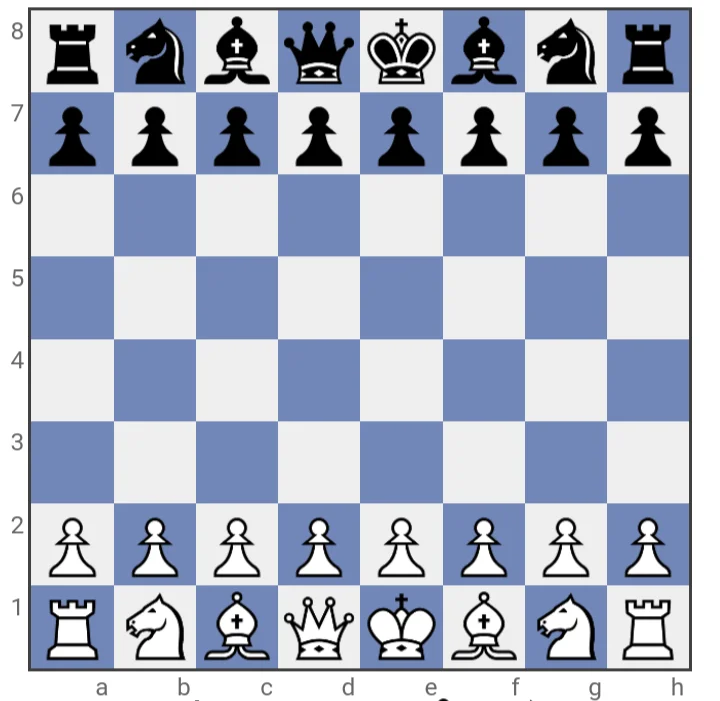
Example: With a superior Bishop pair, White seeks to exchange minor pieces to amplify the Bishop’s strength.
